 Here's to the 1st Amendment
Here's to the 1st Amendment Sensible planning is one thing, but WE reject the premise that Futurewise, or any other person or group, should claim authority to direct and dictate where people live and whats best for the county. Not everyone wants to live in cities. Those who want to live in urban villages or pack & stack cubicles, fine; enjoy that lifestyle if it’s your desire.
But WE find vigilante public-private policymaking neither appropriate nor healthy for community planning. Why should the Growth Management Act – a state law - need this self-appointed enforcement arm? On what authority? Is the GMAFB not adequate? (oops, that should read GMHB) (Google it!)
WE have to ask, who runs this county? Bellingrad? A bunch of legal eagles from who-knows-where? Or is local government accountable to citizens from all across Whatcom County?
According to the report, Futurewise has now decided to focus its efforts on helping to "solve" the water rights dispute. The "dispute"? That's rich. Futurewise has been a central protagonist in the dust-up. And they claim to represent whom, exactly? By what process did the public request this "help"? WE will lay dollars to doughnuts that the rights of individual citizens won't be defended or championed in their efforts -- just a SWAG.
Meanwhile, Futurewise previous local chapter director has moved on to RE Sources for Sustainable Communities -- which could be another fine organization, if they'll just live and let live. WE don't think it's in their nature to do that, unfortunately.


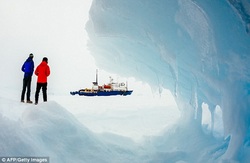
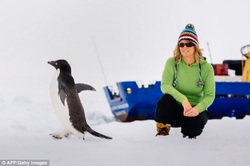

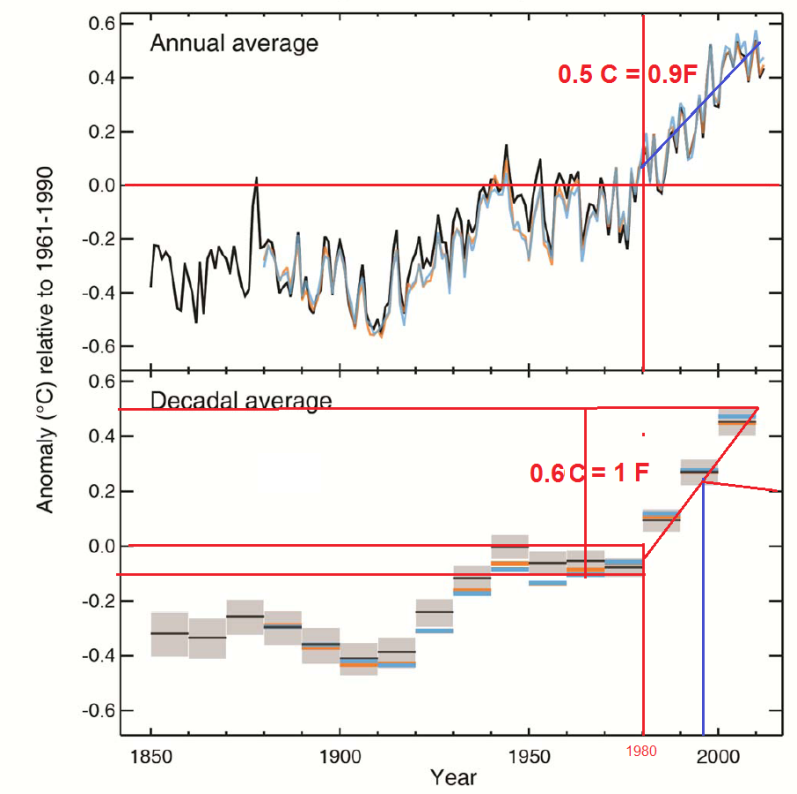
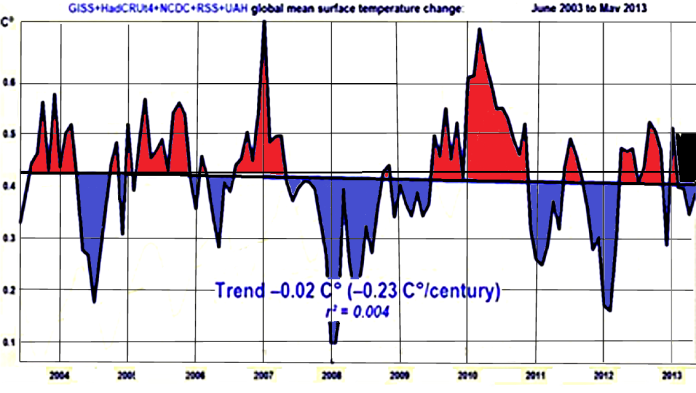

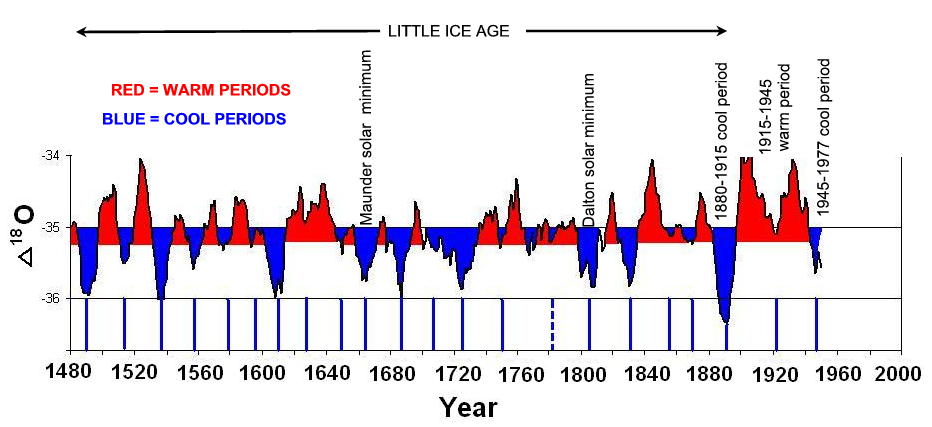
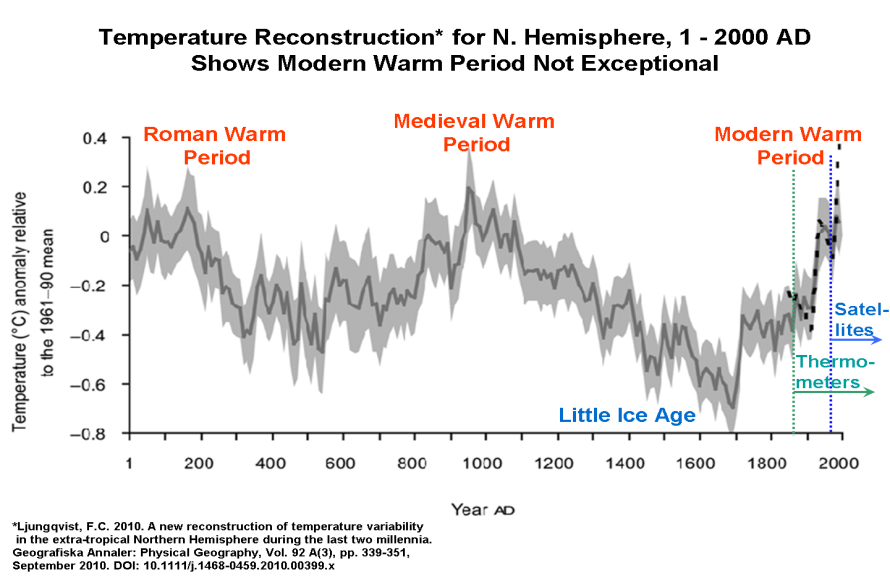
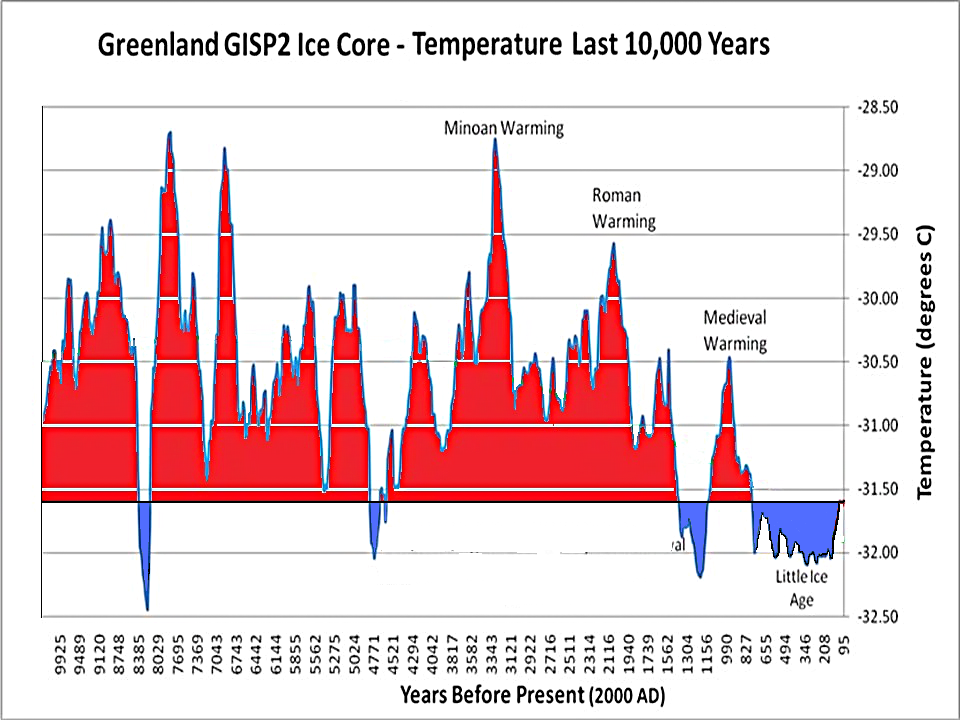
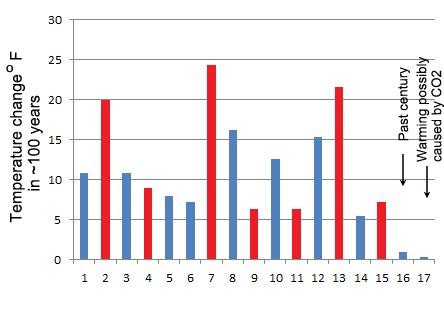


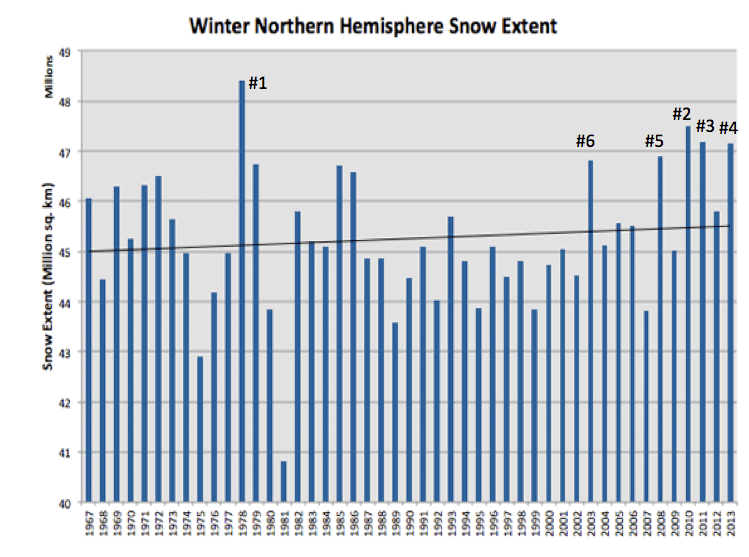

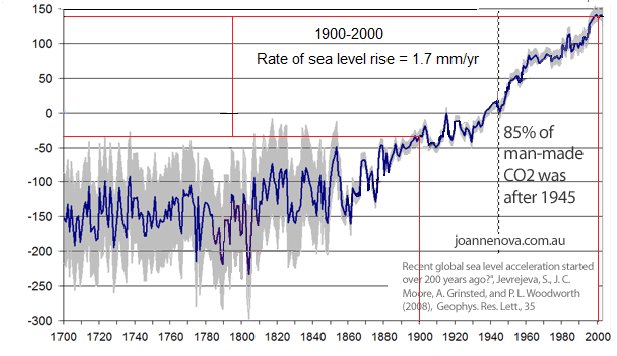
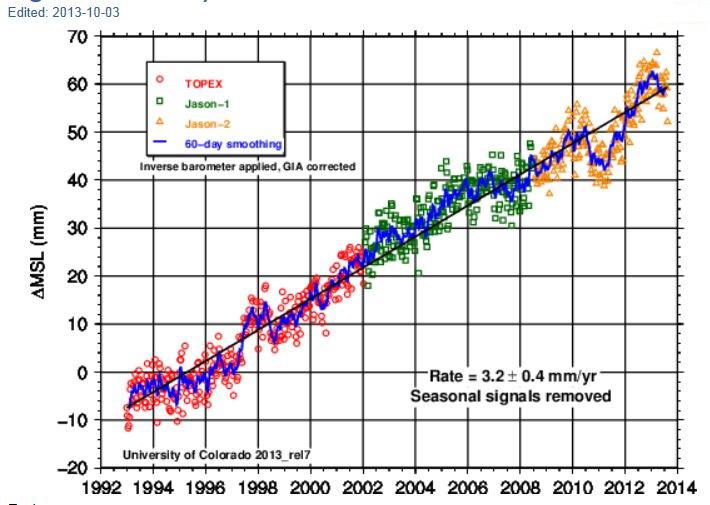



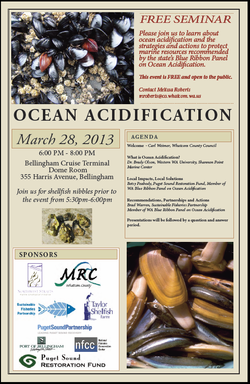




 RSS Feed
RSS Feed
